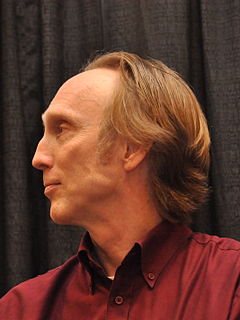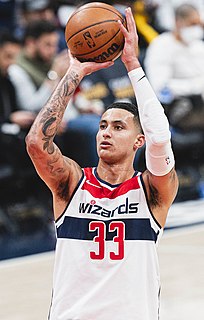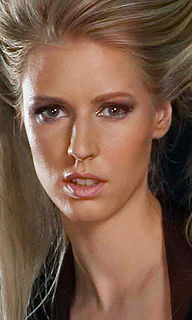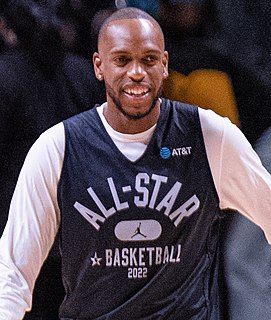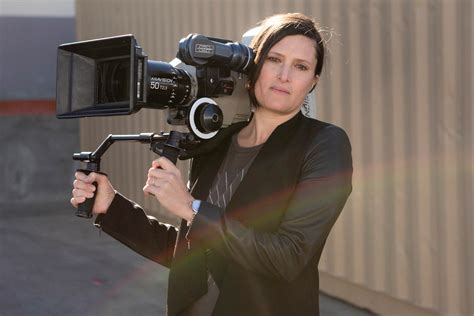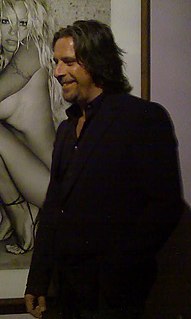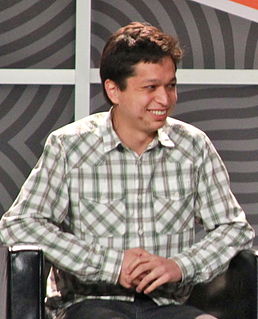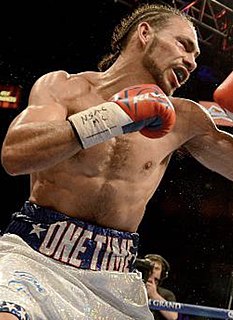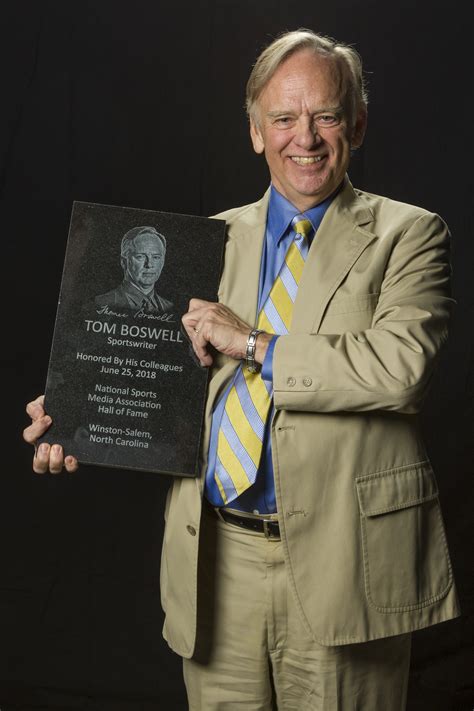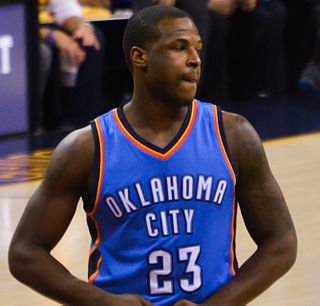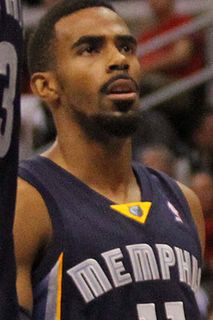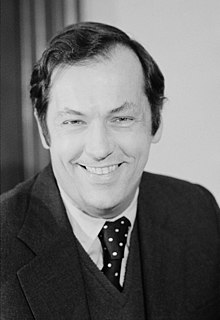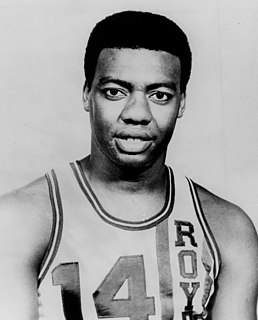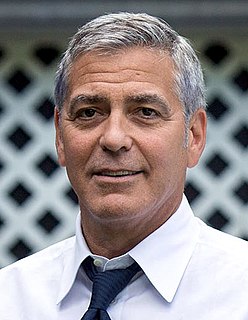A Quote by Henry Selick
Any type of animation, it could be really super crude or very sophisticated, it doesn't mean anything if we don't make this point in this shot, this one here and this one here. There's the saying, 'One shot, one thought.' It's pretty much a true way to go.
Related Quotes
I think that a lot of the most talented and driven people, they're not super deterred by failure. So if you put out a really big challenge, I think they get reality excited by that - they say, 'Hey, why not, let's go give it a shot, and if we fall short on that, at least we took a shot at doing something really important and meaningful.'
What I try to do is find a weakness in my opponent. A way that I can hit you. One good, clean shot. Try to time it. If I can get it and the shot is there, if I find that shot in the first round and they go down, they go down. I'm prepared for anything, not just to get first round knockouts. If they're there, I'm not gonna resist to take them.
So much of the game is mental, and that's one thing that I've always wanted to be good at. That if I miss a shot or make a bad play, to never let your opponent see that you are in duress or upset - that they've won in any way. So if I make a big game-time bucket or if I miss a shot, you'll see the same mannerisms. I move on to the next play.
